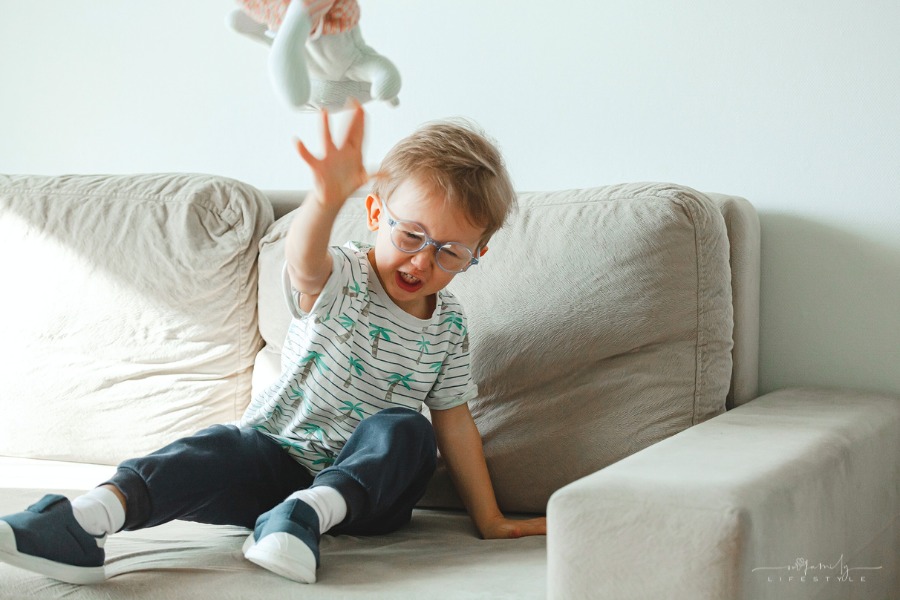As a parent, it can be challenging to navigate the world of autism and find the right resources to help your child thrive.
One approach that has gained popularity is Crisis Prevention Institute (CPI) training. CPI is a program designed to equip parents, teachers, and caregivers with the skills to manage and prevent crises effectively.
But how can CPI training specifically help your child with autism? Let us explore the benefits of CPI training and how it can positively impact your child’s life.
Understanding CPI training
So, what is CPI training? If you are new to this term, CPI training is a comprehensive program that teaches non-violent crisis intervention techniques to help prevent and manage crises.
The methods taught in CPI training aim to de-escalate potentially violent or disruptive situations while maintaining the safety and well-being of everyone involved.
CPI training focuses on preventing crises by addressing their underlying causes, such as communication breakdowns, sensory overload, and anxiety.
Using CPI techniques, caregivers can help children with autism manage their behavior and emotions safely and effectively.
Benefits for children with Autism
Now let’s talk about how CPI training can help your child with autism. CPI training can be particularly beneficial for children with autism who may have difficulty communicating their needs and emotions.
It can also help caregivers understand and respond appropriately to behaviors that may be challenging to manage.
Prevention strategies
One key aspect of CPI training is its focus on prevention. By identifying potential triggers for crises, caregivers can take proactive steps to prevent them.
For example, a child with autism may become overwhelmed by sensory stimuli in a crowded room, leading to a meltdown.
CPI training can teach caregivers how to recognize signs of sensory overload and how to remove the child from the overwhelming environment before a breakdown occurs.
Effective communication
CPI training can also help caregivers develop effective communication strategies with children with autism. Children with autism may struggle to understand social cues and communicate their needs and emotions.
CPI training can teach caregivers how to use nonverbal communication, such as body language and tone of voice, to help the child feel understood and supported.
Crisis response
In addition to prevention and communication strategies, CPI training can teach caregivers how to respond effectively in crises.
For example, suppose a child with autism becomes physically aggressive. In that case, CPI training can teach caregivers how to use non-violent physical intervention techniques to protect the child and others while maintaining a safe and calm environment.
Promoting self-regulation
CPI training can also provide caregivers with the skills to help children with autism manage their own emotions and behaviors.
By teaching self-regulation techniques, such as deep breathing and mindfulness, caregivers can help children with autism learn to manage their emotional responses to challenging situations.
Tailored approach
It’s important to note that CPI training is not a one-size-fits-all solution. Every child with autism is unique and may require a personalized approach to meet their individual needs.
Likewise, CPI training can be tailored to meet each child’s and their caregivers’ specific needs.
Parent’s role
Parents play a crucial role in helping their children with autism benefit from CPI training.
Parents can support their children’s emotional and behavioral development by working closely with caregivers and implementing CPI strategies at home. This includes identifying triggers, creating a calm environment, and promoting self-regulation and effective communication.
One way parents can help their children with autism in CPI is by creating a consistent routine and environment.
This can include setting clear expectations and boundaries, establishing regular sleep and meal times, and providing relaxation and sensory stimulation opportunities.
Parents can help their children feel safe and secure by creating a predictable and structured environment, reducing the likelihood of challenging behaviors.
Additionally, parents can work with caregivers to identify any specific triggers or concerns that may arise at home and collaborate on strategies to address them effectively.
Exploring additional resources
In addition to CPI training, many other resources are available to help children with autism and their caregivers. These resources may include therapy, educational support, and community programs.
Parents need to explore all available resources and work with a team of professionals to develop a comprehensive plan to support their children.
In conclusion, CPI training can be a valuable tool for caregivers of children with autism.
CPI training can help caregivers provide their children with a safe and supportive environment by focusing on prevention, communication, and effective response techniques.
However, it’s important to remember that CPI training is just one piece of a comprehensive plan to support children with autism.
By working with a team of professionals and exploring all available resources, parents can help their children with autism reach their full potential.
This content was originally published here.
